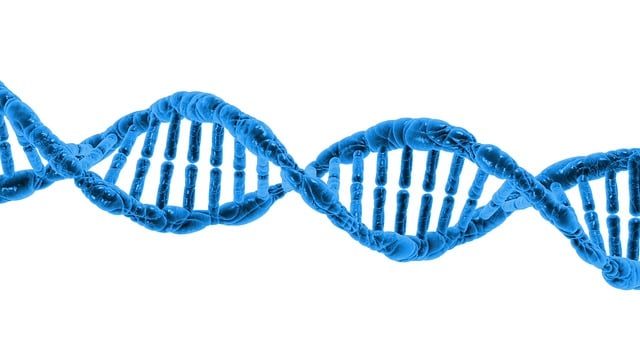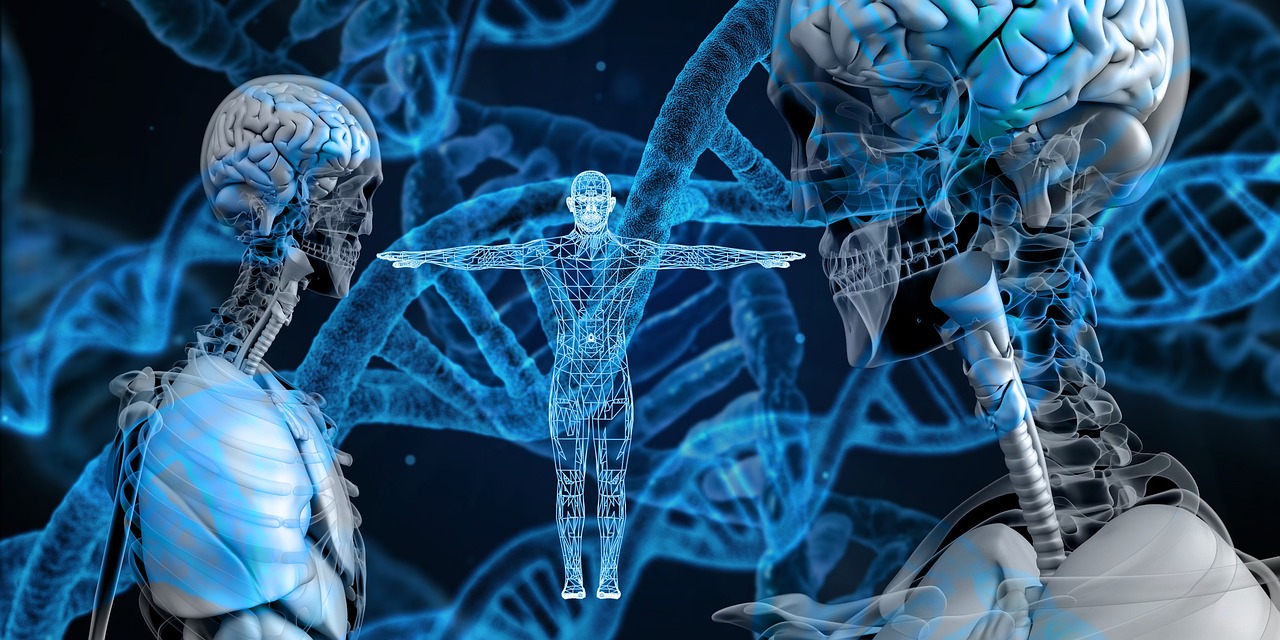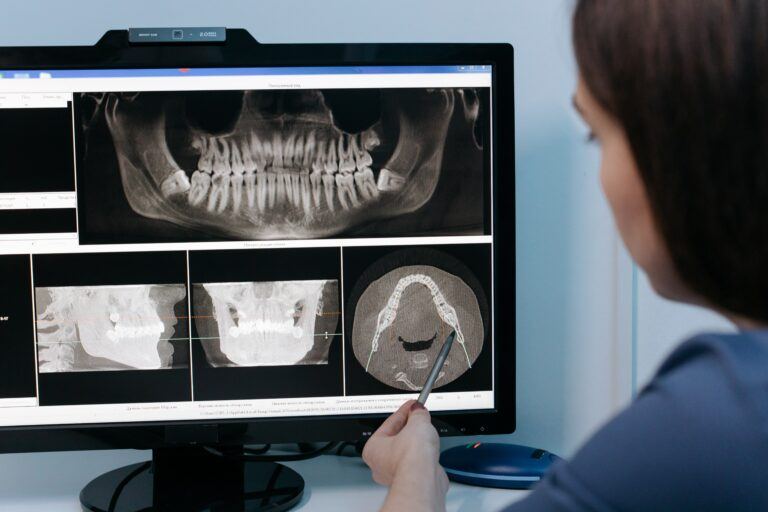How CODIS National System Solves Crimes
The Combined DNA Index System (CODIS) has become a cornerstone of modern forensic science, revolutionizing how law enforcement agencies tackle criminal investigations. Established in the 1990s, CODIS was designed to provide a powerful tool for linking DNA profiles from crime scenes to potential suspects. Its development marked a significant advancement in criminal justice, giving investigators a robust method to solve cases and bring perpetrators to justice.
The CODIS National System is profound, influencing every aspect of forensic investigations. By integrating DNA data from multiple sources, CODIS helps streamline the process of matching evidence with known offenders, identifying repeat criminals, and solving cold cases that might otherwise remain unsolved.
This article will explore the various dimensions of CODIS, including its evolution, its role in crime scene investigations, and the legal and ethical considerations surrounding its use. We will also examine the benefits and limitations of CODIS, providing a comprehensive understanding of how it continues to shape the future of forensic science.
Table of Contents
Understanding CODIS
The Combined DNA Index System, commonly known as CODIS, is a sophisticated network of databases used to manage and analyze DNA evidence in criminal investigations. To fully appreciate the impact of the CODIS National System, it’s essential to understand its structure and function.

Defining CODIS
The CODIS national system developed by the FBI allows for the storage and comparison of DNA profiles from crime scenes, convicted offenders, and other relevant sources. It operates through a tiered system consisting of three levels: national, state, and local.
Each level contains its own database, enabling law enforcement agencies to share and access DNA information across various jurisdictions. This tiered approach ensures that DNA evidence can be cross-referenced effectively, facilitating the identification of suspects and solving crimes more efficiently.
Role of the FBI in CODIS
The FBI plays a crucial role in the development and maintenance of CODIS National System. As the central authority, the FBI oversees the national database and provides support to state and local agencies in managing their respective databases. This centralized oversight ensures consistency and accuracy in DNA data handling and promotes collaboration among law enforcement agencies nationwide.
Comparison to Other DNA Databases
CODIS is part of a broader network of DNA databases used around the world. Unlike some international systems that may focus on specific regions or types of DNA data, CODIS offers a comprehensive approach that integrates various levels of information.
By comparing CODIS with other global DNA databases, such as the UK’s National DNA Database (NDNAD) or Australia’s National Criminal Investigation DNA Database (NCIDD), it becomes clear that CODIS’s structure and expansive reach provide significant advantages in linking crime scene evidence to potential suspects on a national scale.
The Evolution of DNA Technology and CODIS
The Combined DNA Index System (CODIS) has undergone significant evolution since its inception, reflecting advancements in DNA technology and forensic science.
This section explores the historical development of CODIS, the technological progress that has enhanced its capabilities, and the milestones that have shaped its impact on crime-solving.
Historical Overview of CODIS
CODIS was established in the 1990s as a groundbreaking tool in forensic science. Its creation marked a pivotal shift in how DNA evidence was utilized in criminal investigations. Initially, CODIS focused on storing and comparing DNA profiles from convicted offenders and crime scenes within specific jurisdictions. Over time, its role expanded to include a national database that connected various state and local systems, allowing for more comprehensive cross-referencing of DNA data.
Technological Advancements
Technological advancements have played a crucial role in enhancing the CODIS National System. In the early days, the system relied on relatively basic DNA profiling techniques. As technology progressed, so did the capabilities of CODIS.
Developments such as the improvement of STR (Short Tandem Repeat) analysis, which allows for more accurate and reliable DNA profiling, have greatly enhanced the system’s effectiveness. The introduction of more sophisticated DNA sequencing technologies and the expansion of the database to include missing persons and unidentified remains have further strengthened CODIS’s ability to aid in criminal investigations.
Milestones in CODIS Development
Several key milestones have defined the evolution of CODIS. For instance, the integration of familial DNA searching has enabled law enforcement to identify potential relatives of suspects when direct matches are not available.
Additionally, the expansion of CODIS to include DNA profiles from arrestees, as well as advancements in database management, have contributed to its growing impact on solving crimes. Each of these milestones has reinforced CODIS’s position as a vital tool in forensic science, demonstrating its adaptability and ongoing relevance in the field.
How CODIS Works in Crime Scene Investigations
The Combined DNA Index System (CODIS) plays a critical role in modern crime scene investigations by providing a systematic method for analyzing and matching DNA evidence. This section will walk you through the process of how CODIS operates in the context of crime scene investigations, from evidence collection to the matching process.
Processing and Uploading Evidence
The journey of a DNA sample begins at the crime scene, where evidence is carefully collected and preserved. This evidence, which can include anything from blood and hair to other biological materials, is then sent to a forensic laboratory for analysis. In the lab, forensic scientists use advanced techniques to extract and profile DNA from the collected samples. Once the DNA is profiled, the resulting genetic data is uploaded into the CODIS National System.
DNA Sample Collection and Matching Process
Once the DNA profile is in CODIS, it undergoes a thorough matching process. CODIS compares the DNA profile against a vast database of profiles, including those from convicted offenders, unsolved crime scenes, and missing persons. The system uses complex algorithms to identify potential matches. If a match is found, investigators are alerted, and the potential link between the crime scene evidence and a suspect is further explored.
How to Submit CODIS Kits
Submitting DNA samples to the Combined DNA Index System (CODIS) involves a precise and regulated process designed to ensure the integrity and accuracy of the evidence. This section provides a detailed guide on how to properly submit CODIS kits, from evidence collection to database entry.
Submission Process Overview
The process of submitting DNA samples to CODIS begins with the careful collection and preparation of the evidence. Forensic professionals collect DNA samples from crime scenes, which may include blood, hair, or other biological materials. These samples are then processed in a forensic laboratory where DNA is extracted and profiled. Once the DNA profile is created, it is uploaded into the CODIS database for comparison with existing profiles.
Chain of Custody
Maintaining a proper chain of custody is crucial throughout the submission process. This involves documenting every step the evidence takes, from collection to submission. Each person who handles the DNA sample must be recorded, ensuring that the evidence is not tampered with or compromised. Proper chain of custody documentation helps preserve the integrity of the evidence and ensures that it can be reliably used in investigations and legal proceedings.
Quality Control and Standards
To ensure that DNA profiles submitted to CODIS are accurate and reliable, strict quality control measures and standards are in place. Laboratories must adhere to specific protocols for handling, processing, and analyzing DNA samples. This includes using validated techniques and maintaining equipment to high standards. Regular audits and proficiency tests are conducted to verify that laboratories meet these requirements, ensuring the reliability of the DNA data entered into the system.
Resources and Contacts
For more detailed information on submitting CODIS kits, forensic professionals can refer to guidelines provided by the FBI or their local CODIS administrator. Additional resources and training materials are often available through professional organizations and forensic training programs. Contacting these resources can provide further assistance and clarify any questions regarding the submission process.
Examples of CODIS Successes
The effectiveness of the CODIS National System is best illustrated through real-world examples. For instance, there have been numerous cases where CODIS matches have led to significant breakthroughs in investigations. In some instances, DNA evidence from cold cases has been matched with profiles in the CODIS database, leading to the identification and conviction of previously unknown perpetrators. These successes highlight how CODIS facilitates the resolution of cases by providing crucial links between evidence and suspects that might otherwise go unnoticed.

Solving Cold Cases with CODIS
One of the most significant contributions of the Combined DNA Index System (CODIS) is its ability to solve cold cases—criminal investigations that have remained unsolved for extended periods. This section explores how CODIS has revolutionized the process of addressing these challenging cases, bringing justice to victims and closure to their families.
High-Profile Cold Cases Solved
CODIS has been instrumental in resolving numerous high-profile cold cases that once seemed impossible to solve. For example, DNA evidence from decades-old crime scenes has been re-analyzed and matched with profiles in the CODIS database, leading to the identification and arrest of perpetrators who had previously evaded justice. These breakthroughs often make headlines and demonstrate the profound impact of CODIS in connecting past evidence with current investigative resources.
Example: The Case of the Golden State Killer
One of the most notable examples of CODIS’s impact is the case of the Golden State Killer, also known as Joseph James DeAngelo. This high-profile case involved a series of violent crimes, including burglaries, rapes, and murders, that spanned several decades in California.
The Golden State Killer case remained unsolved for over 40 years, despite extensive investigations and numerous suspects being considered. The breakthrough came when investigators decided to re-examine the DNA evidence collected from the crime scenes. The DNA profiles from these samples were entered into the CODIS database, but initially, there were no matches.
In a pivotal move, investigators used a technique called familial DNA searching, which was integrated with CODIS. This method involved looking for partial matches in the database that could indicate a relative of the perpetrator. This approach led investigators to identify a potential suspect, Joseph James DeAngelo, by linking him through familial connections found in public genealogy databases.
DeAngelo was arrested in 2018, and DNA evidence from crime scenes was confirmed to match his DNA. This case highlights how CODIS, combined with advanced techniques like familial DNA searching, can lead to breakthroughs in long-standing cold cases.
Impact on Victims and Families
The ability of CODIS to solve cold cases has a profound effect on victims and their families. For many families, the resolution of a cold case provides a sense of closure and justice that has been long awaited. Knowing that a perpetrator has been identified and held accountable can be a significant emotional relief for those who have lived with the uncertainty of an unresolved crime. CODIS’s role in achieving these outcomes underscores its importance in the broader context of forensic science and criminal justice.
Benefits of CODIS
One of the primary benefits of CODIS is its ability to streamline investigations. By providing a centralized database of DNA profiles, CODIS reduces the time and resources required to match evidence with known offenders. This efficiency is particularly valuable in cases involving violent crimes or repeat offenders.
Additionally, CODIS aids in preventing wrongful convictions by ensuring that DNA evidence is accurately matched to the correct individual, thereby enhancing the integrity of the criminal justice system.
Identifying Repeat Offenders and Suspects Across State Lines
CODIS is instrumental in identifying repeat offenders and suspects who might be involved in criminal activities across different states. By linking DNA profiles from various crime scenes, CODIS helps law enforcement identify patterns and connections between different cases. This capability is especially important for tracking and apprehending individuals who commit crimes in multiple jurisdictions, ensuring that they are held accountable for their actions regardless of where the offenses occur.
Legal and Ethical Considerations of CODIS
The Combined DNA Index System (CODIS) represents a significant advancement in forensic science, but its widespread use also brings legal and ethical challenges. This section addresses some of the key issues surrounding CODIS, including privacy concerns, legal controversies, and the ethical implications of DNA collection and usage.
Legal Challenges and Controversies
The implementation and expansion of CODIS have sparked various legal challenges and controversies. One major issue is the balance between public safety and individual privacy. As CODIS includes DNA profiles from convicted offenders, arrestees, and, in some cases, other individuals, concerns have been raised about the potential for misuse or unauthorized access to sensitive genetic information. Legal debates often center around the extent to which DNA can be collected and stored, and how such data should be protected to prevent abuse.
Privacy Concerns
Privacy concerns are a significant aspect of the ongoing debate about CODIS. Critics argue that the collection and retention of DNA from individuals who are merely arrested but not yet convicted raises issues about privacy and the presumption of innocence. There is also concern about the potential for genetic data to be used for purposes beyond its original intent, such as in genetic research or personal profiling. Safeguards are necessary to ensure that DNA data is handled responsibly and that individuals’ privacy rights are respected.
Debate Over DNA Collection
The debate over DNA collection is ongoing, particularly regarding the differences between collecting DNA from convicted offenders versus arrestees. While collecting DNA from convicted individuals is widely accepted, the practice of collecting DNA from individuals who have been arrested but not yet convicted is more contentious. Proponents argue that it helps prevent future crimes and solve cases more effectively, while opponents raise concerns about civil liberties and potential overreach. This debate continues to shape policies and practices related to DNA collection and storage.
DNA Database Pros and Cons
| Pros | Cons |
|---|---|
| Enhanced Crime Solving: CODIS helps solve cases by matching DNA evidence with profiles in the database. | Privacy Concerns: Issues regarding the collection and storage of DNA data can raise privacy and ethical concerns. |
| Cold Case Resolution: It has been instrumental in solving cold cases that were previously unsolvable. | Legal Challenges: There are ongoing legal debates about the extent of DNA collection and its implications. |
| Cross-Jurisdictional Collaboration: Facilitates cooperation between local, state, and federal agencies. | Potential for Misuse: Risks of unauthorized access or misuse of sensitive genetic information. |
| Efficient Investigations: Streamlines the process of linking evidence to suspects, saving time and resources. | Cost and Resource Intensive: Maintaining and operating CODIS requires significant resources and funding. |
Conclusion
The Combined DNA Index System (CODIS) has had a transformative effect on forensic science and criminal investigations since its establishment. By providing a comprehensive and centralized tool for managing DNA data, CODIS has revolutionized how law enforcement agencies solve crimes and track offenders.
Throughout its evolution, CODIS has adapted to advancements in DNA technology, enhancing its capabilities and expanding its reach. From its early days in the 1990s to its current role in solving cold cases and supporting law enforcement, CODIS has demonstrated its value in connecting evidence with suspects and providing crucial investigative leads.
As we look to the future, CODIS is poised to continue shaping the landscape of criminal justice. Potential developments in DNA technology, such as next-generation sequencing and the integration of familial DNA and genetic genealogy, promise to further enhance the system’s effectiveness. These advancements will likely expand CODIS’s capabilities, offering new tools for solving crimes and addressing emerging challenges in forensic science.
I trust you found this article enlightening. Please feel free to leave comments or questions below. Additionally, consider reading the following article to discover how cell phones assist in criminal investigations.
Moreover, explore my other website for comprehensive safety tips for women in various scenarios.
W. McCain






